Innovation
Innovation requires taking risks, but too many current DoD acquisition strategies, policies, and oversight regimes default to a “risk avoidance,” rather than “risk management,” approach. Great power competition will require our armed forces to continue to push the technology envelope — industry must be rewarded for rapidly developing new capabilities that meet warfighter needs.
AIA Position StatementLook Toward the Future
Properly valuing and rewarding intellectual property (IP) will encourage industry investment and draw new innovators into the defense industrial base (DIB) from across the American economy. DoD’s requirements for technical data and software rights, acquisition strategies, and product support strategies often run counter to overarching DoD policies on innovation. This includes:
- Blanket requests by DoD for government purpose rights for data and software
- De facto lowest price, technically acceptable (LPTA) source selection through evaluation criteria rewarding offerors who are more willing to part with their (and subcontractors’) technical data rights
- Rogue contract clauses requiring technical data beyond the scope of existing regulation
These, and other government practices, provide little incentive to bring new technology to DoD.
IP is the crown jewel for industry. Industry’s incentive for investment in research and development (R&D) correlates with companies’ ability to protect the rights to the data and software they produce, and their return on investment from goods and services sold using that IP. Too often, government does not clearly communicate with industry what technical data is needed for a program, and why it is needed. Instead, it relies on blanket requests that serve neither party.
DoD needs to establish an overarching strategy for IP that ensures its workforce is asking for the right IP for the right reasons based on a program’s acquisition strategy and sustainment considerations. This strategy also needs to take into consideration how new acquisition strategies and approaches to IP impact industry’s incentive to innovate and their overall business model.
Take Action Now
With the introduction of additive manufacturing and other new technologies, IP will become increasingly valuable. Without an experienced, trained, and empowered acquisition workforce, efforts to improve the defense acquisition system will be in vain. Risk aversion within the workforce is a symptom of an acquisition process buffeted by competing interest groups within the executive and legislative branches of government.
The imposition over decades of well-intentioned oversight was meant to reduce risk in one part of the process. Unfortunately, these “piecemeal” actions are usually taken without full consideration of systemic impacts, leading to insular, duplicative, and non-value-added processes divorced from overall program performance. Such process-based and transactional approaches have driven a culture of rather than “risk mitigation,” with detrimental impacts on speed, lethality, and innovation.
Recent News
Your Leadership ConnectionNational Security Team
AIA’s national security leadership team is well-positioned to address members’ issues and advocacy needs.
Explore Related Topics
National Security
AIA’s National Security Policy team is responsible for developing our industry’s national security agenda.
Issues & Advocacy
Find industry alignment on issues and advocacy opportunities, so your organization can impact the competitiveness and vitality of our field.




